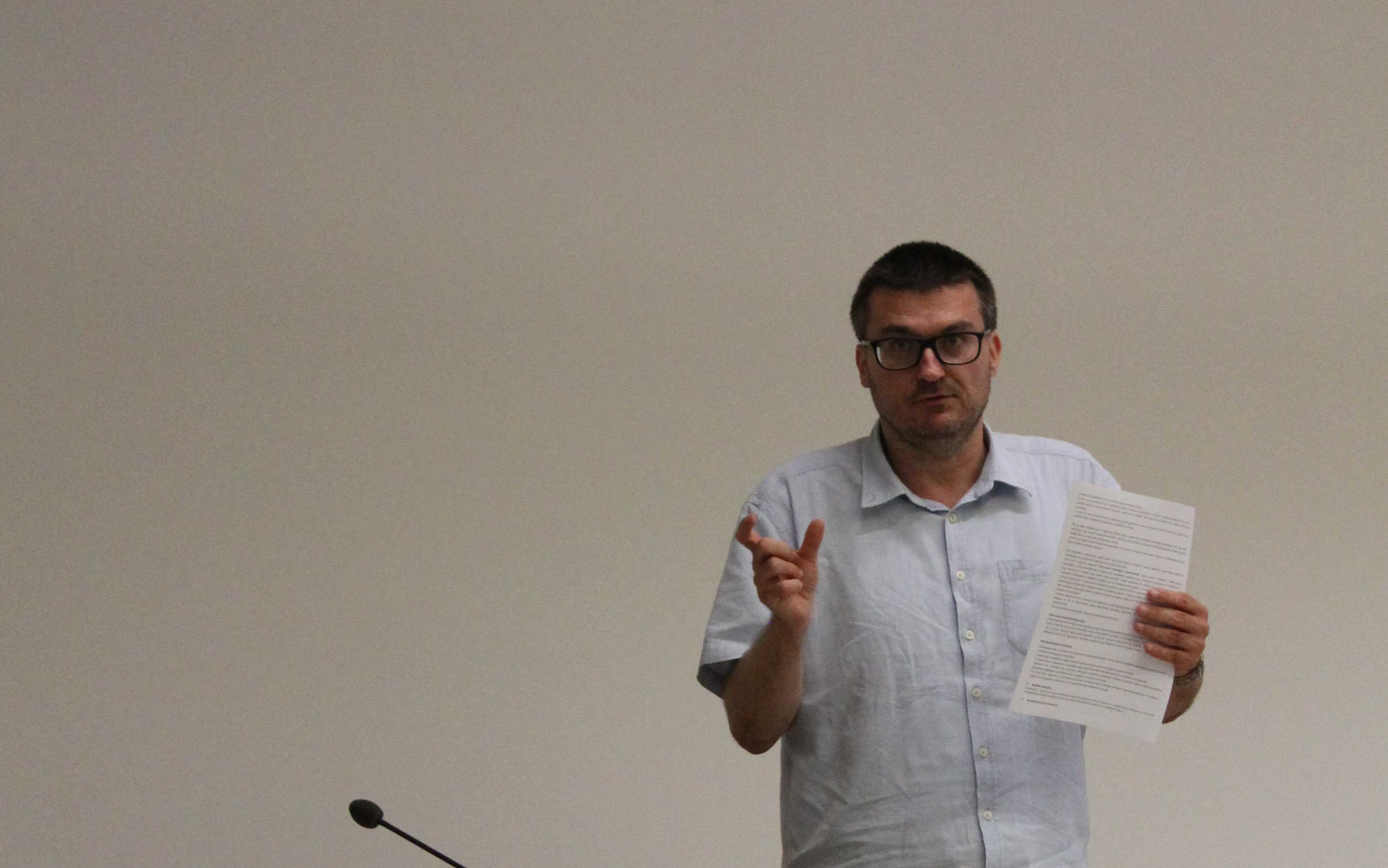Dražen Domijan
Full Professor
Department of Psychology
University of Rijeka
Email
Research Overview
I am working on developing and testing neurocomputational models to explain empirically observed effects of attention and expectation on conscious visual perception. Theoretical models of neural networks provide a unique perspective on addressing a major challenge: How do complex brain interactions generate intelligent behaviour? They enable a rigorous quantitative analysis of how neurons and their synaptic connections give rise to cognitive functions such as visual perception and attention. In the current project, I investigate two challenging questions: 1) Does the existence of feedback projections in the visual cortex necessarily imply that expectations and prior knowledge can alter content of conscious visual perception? and 2) What are the neural mechanisms that enable visual attention to flexibly selects space, objects, or features depending on the task demands?
1. Feedback projections and top-down effects in visual perception
To address the first question, I focus on two specific domains that attract great interest in the scientific community today: the effect of prior knowledge on colour perception, and the effect of action preparation on the perception of speed. Together with my PhD student Mateja Marić, I developed a real-time implementation of the adaptive resonance theory to explain how colour opponent responses in the early stages of visual processing are transformed into colour categories in the later stages. We demonstrated how feedback projections contribute to the stable recognition and to the conscious experience of colours. However, we also showed that the same mechanisms that enable stability of learning also prevent expectations to influence perception directly. Instead, the observed empirical effects of expectations and prior knowledge are attributed to the transfer of colour categories into the noisy visual working memory. Along the same line, the effect of action preparation will be simulated by the model of perceptual decision making. The model will illustrate how action variables influence decisions rather than perception itself. In this way, we will demonstrate that the adaptive resonance theory offers an attractive alternative theoretical framework that explains various examples of top-down effects on perception in a radically different way relative to the currently dominant predictive coding model.
2. Lateral inhibition and visual selective attention
To address the second question, I developed a new model of lateral inhibition, which simultaneously selects multiple locations in a 2D spatial map representing visual space. Previous models of visuospatial selection rely on an extreme form of competition known as the winner-take-all (WTA) network. The WTA network consists of an array of excitatory nodes, which are reciprocally connected with the small population of inhibitory interneurons. This anatomical arrangement leads to the lateral inhibition between excitatory nodes and consequently to the selection of the single node receiving maximal input. This behaviour is consistent with space-based attention, but it is inadequate to handle object- or feature-based attention because these forms of attention require simultaneous selection of arbitrary many locations in the spatial map. We have identified an excessive amount of recurrent inhibition and excitation in the WTA network as a major obstacle to select multiple winners. I propose that the WTA network can correct this problem by engaging additional mechanisms such as synaptic and dendritic computation. I suggest that recurrent excitation should be mediated via dendrites whose output nonlinearity will prevent instability or unbounded growth of neural activity caused by the positive feedback loop. Furthermore, inhibitory interneuron should compute function maximum instead of the sum over its input from the excitatory nodes. This is achieved by presynaptic inhibition that acts upon synaptic transmission and regulates the amount of transmitter release in an activity dependent manner. Suggested computational elements increase the stability of the WTA network, but at the same time, they increase its flexibility to shape attentional selection according to the task demands.
Short Bio
Since 2014
Full Professor, Department of Psychology, University of Rijeka, Croatia
2009 – 2014
Assistant Professor, Department of Psychology, University of Rijeka, Croatia
2000 – 2004
Postdoctoral Researcher, Department of Psychology, University of Rijeka, Croatia
1997 – 2000
Junior Assistant, Department of Psychology, University of Rijeka, Croatia
1996 – 2000
PhD in Psychology, Department of Psychology, University of Zagreb, Croatia
1992 – 2006
MA in Psychology, Department of Psychology, University of Rijeka, Croatia
Supervisory Experience
I have supervised more than 40 Masters and 5 PhD students. Currently I am supervising 3 Masters and 2 PhD students.
Selected Publications
2021
Šetić Beg, M., Čičko, J., & Domijan, D.
Symbol grounding of number words in the subitization range
Psychological Research, 85(2), 720–733.
2020
Marić, M., & Domijan, D.
A neurodynamic model of the interaction between color perception and color memory.
Neural Networks, 129, 222–248.
2019
Marić, M., & Domijan, D.
Neural dynamics of spreading attentional labels in mental contour tracing.
Neural Networks, 129, 222–248.
2019
Marić, M., & Domijan, D. (2019).
Neural dynamics of spreading attentional labels in mental contour tracing.
Neural Networks, 119, 113–138."
2015
Domijan D.
A Neurocomputational account of the role of contour facilitation in brightness perception.
Frontiers in Human Neuroscience, 9, 93.
2011
Domijan D.
A computational model of fMRI activity in the intraparietal sulcus that supports visual working memory.
Cognitive, Affective & Behavioral Neuroscience, 11(4), 573–599.